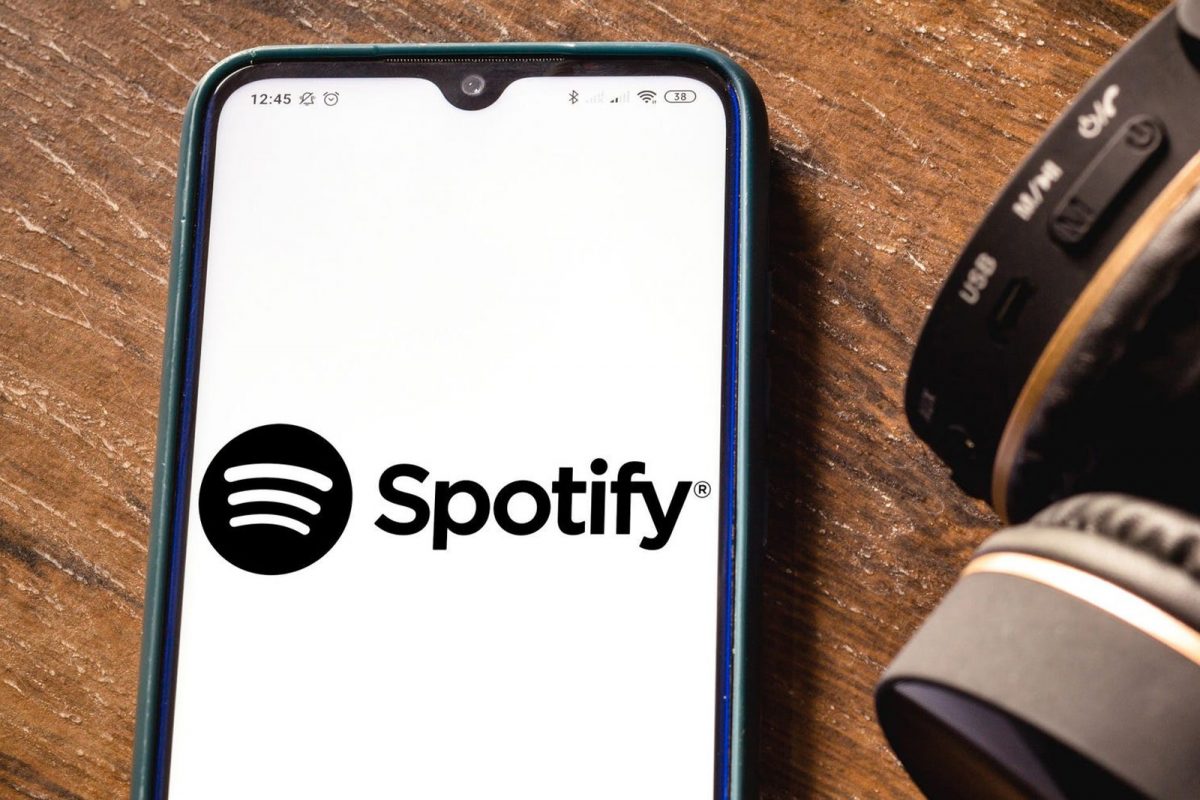Spotify Says It Does Not Pay Artists

Since the emergence of streaming across the world there has been mixed reviews on whether it is good for the music industry. Recently the Caribbean has seen an influx of streaming companies, the latest being Spotify. Since then musicians and producers have been voicing their opinions on the pros and cons of having Spotify and other streaming companies in the region.
Jeremy Harding, a music producer said in the Jamaica Gleaner, “We already had Apple Music being launched in Jamaica, and Apple being here has not made any significant impact. Our artistes have not made any great gains.”
He further said, “There is a hope that if an artist releases a song and on YouTube [and] it gets to a million views, it will get the same million views on Spotify. The dream is that the viewers and listeners on YouTube will migrate to Spotify, that the Jamaican fans locally who support music, will now support it on Spotify, but the fact of the matter is that Jamaicans are not paying US$9.95 a month for any streaming service.”
There are differences between the other streaming platforms, and Spotify. They sought to set the record straight on many of these concerns in their new internet portal “Loud and Clear”.
Spotify said they pay 2/3 of the revenue generated to rights holders both from the paid streaming tier and the advertisement lead-free (to consumer) tier. In other words, whether you pay for the premium Spotify or use the free version as many people will do in Jamaica and the Caribbean, they will pay rights holders 2/3 of the revenue.
Upcoming reggae artist Lila Iké, who is signed to RCA records said in an interview on Taking Stock by Khalilah Reynolds, that she does not make much money from Spotify and it’s the Dubplates that have held her over for the past year.
In a video explaining their payment system, Spotify reiterates that they do not pay artists, they pay the rights holders; which are usually the record labels and aggregators who then distribute the revenue based on who owns the music.
They also indicated that there is no single uniform way that artists are paid per stream. It is based on a variety of factors that are unique to each artist and if an artist says they make X amount, that amount is specific to that artist only.
Spotify does not know how much artists are paid because they do not know. However, in 2020, 184,500 artists generated recording and publishing royalties of over $1000 and 870 artists generated over $1,000,000 compared to 2017 when only 450 artists did those numbers.
The number of streams of late on Spotify are less hit-driven, meaning not only the hits are doing big numbers, so more artists and rights holders are seeing success.
Sweedish entrepreneur and founder of Spotify Daniel Ek, says that, “the music industry has grown by 44% since 2014 and that has been driven by streaming. Of this, Spotify has contributed $5B and makes up twenty percent of recorded industry revenue. This is more than any other streaming service.”
